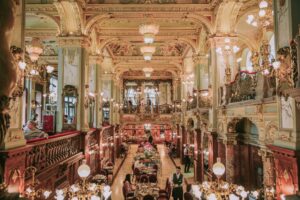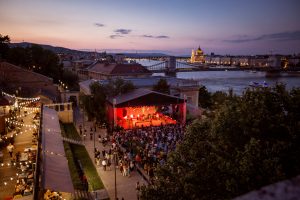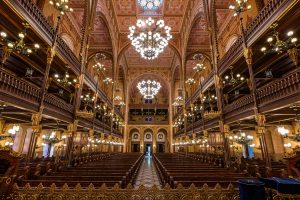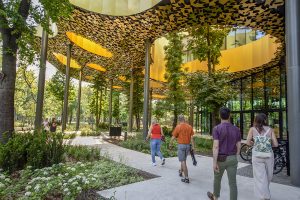Budapest’s current look was heavily influenced by the Art Nouveau style that became popular around the turn of the 20th century, and you can still see its impact on many buildings and their interiors as you walk through the city. Join us on a journey back in time! With these various programs, you can travel to the early 1900s and explore the city as it once was.
Get Cozy: Gellért Thermal Bath
The stunning Art Nouveau-style Gellért Thermal Bath, finished in 1918, has a much longer history than you might expect. There’s been a bathhouse here since the 12th century, and even earlier, a medieval chronicle from the 10th century mentioned an ancient bath at this very spot. The healing powers of the Gellért waters were well-known even back then—legend has it, they even helped cure leprosy patients in a nearby hospital! In 1905, a design competition was held for the new bath building, and instead of choosing just one winner, the top three architects joined forces to create the magnificent structure we see today. Fun fact: within just 3 hours of its grand opening, over 200 people had already jumped into the new pools! These days, Gellért Bath is still the perfect place to unwind, especially during the colder months. With its outdoor pool, indoor thermal baths, swimming pool, saunas, and steam rooms, it’s an ideal spot to soak away the stress of everyday life in an absolutely gorgeous setting.
1118 Budapest, Kelenhegyi út 4. | Website
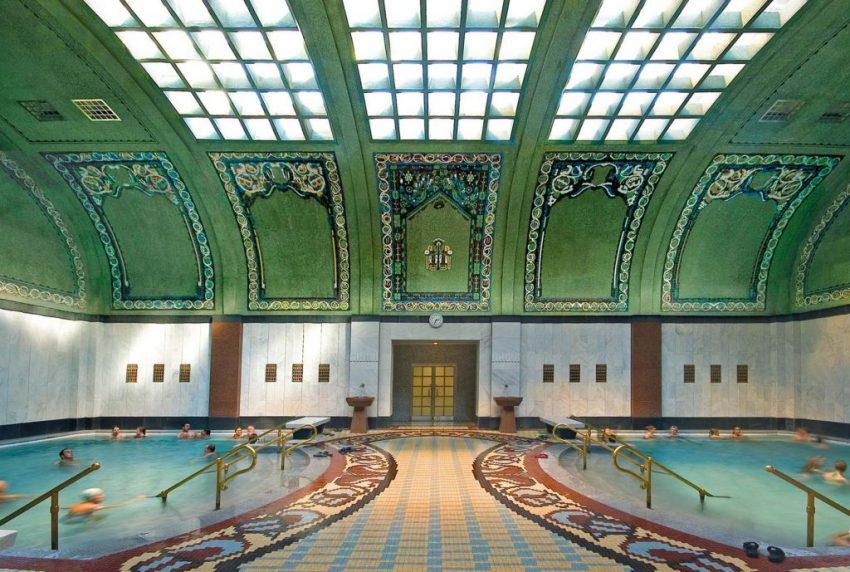
Afternoon Tea: Párisi Passage Restaurant
One of the most eye-catching and iconic buildings on Ferenciek Square has a fascinating history. The country’s first modern shopping arcade has gone through quite a few transformations before becoming the stunning landmark it is today. The building, with its mix of Moorish and Art Nouveau design, also showcases work from some of Hungary’s most renowned artisans of the time. Beneath the breathtaking arches of the Párisi Udvar is the Párisi Passage Restaurant, where you can enjoy afternoon tea daily from 2 to 5 PM. If you’re up for a fun time, you’ll get to relax in this elegant setting with freshly brewed tea, alongside a specially crafted selection of sandwiches and pastries. While you sip, indulge in scones, cakes, brioche or mini foie gras pâté—a true treat for your taste buds.
1053 Budapest, Ferenciek tere 10. | Website
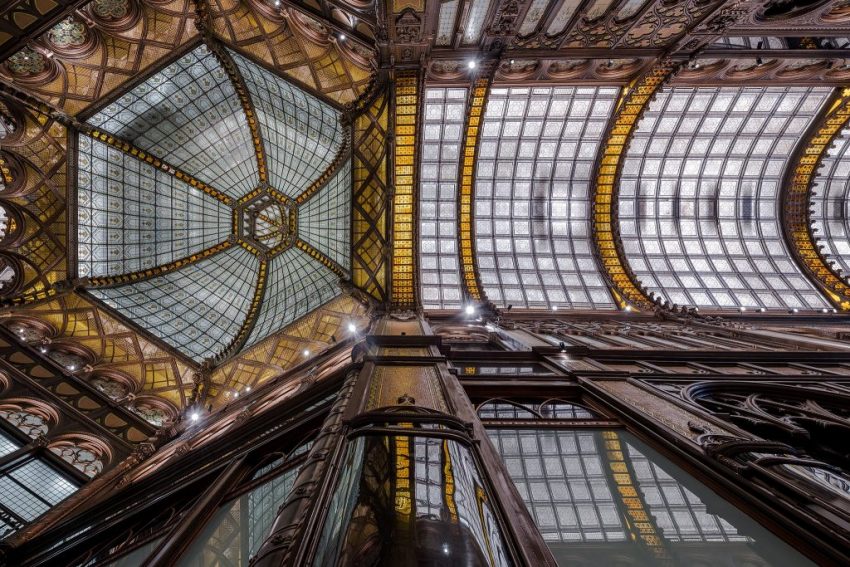
Wander & Wonder: Városligeti fasor
As you walk along Andrássy Avenue and its surroundings, you’ll spot plenty of elegant villas that instantly take you back to the grandeur of imperial Budapest at the beginning of the 20th century. The houses in the district’s villa neighbourhood hold countless stories and secrets, making them perfect for exploring on a leisurely stroll. Before Andrássy Avenue was completed in 1876, the only way for people to get to City Park for some fresh air was by walking down Király Street and its continuation, Városligeti Avenue. By the late 19th century, Andrássy Avenue, with its new underground railway, had become the main thoroughfare, while the once modest summer cottages along the avenue were replaced by beautiful villas built by Budapest’s wealthy bourgeoisie. So, bundle up, grab a hot coffee or tea, and take a walk through these streets, which feel like a journey back in time.

Cultural Catch-Up: Róth Miksa Memorial House and Collection
Miksa Róth was one of Hungary’s most renowned applied artists at the turn of the 20th century, celebrated for his exquisite stained-glass windows and mosaics, which can be found in many iconic buildings. He lived and worked in a downtown apartment, just a courtyard away from his studio, where his masterpieces came to life. After Róth’s death, his children donated his legacy to the district, and in 1999, the Róth Miksa Memorial House and Collection opened in his former home. The ground floor features an exhibition of his stained-glass work, offering a glimpse into his extraordinary career, while upstairs, the “Mosaics and Glass” exhibit showcases a portion of his glass art collection. One of the highlights of the museum is the apartment museum, which provides a true time-travel experience. The early 20th-century middle-class apartment not only tells the story of the Róth family but also offers insight into their lifestyle and daily life. For more, join a guided tour in English at the museum on November 30th at 11 AM. Visit their website for additional details.
1078 Budapest, Nefelejcs utca 26. | Website
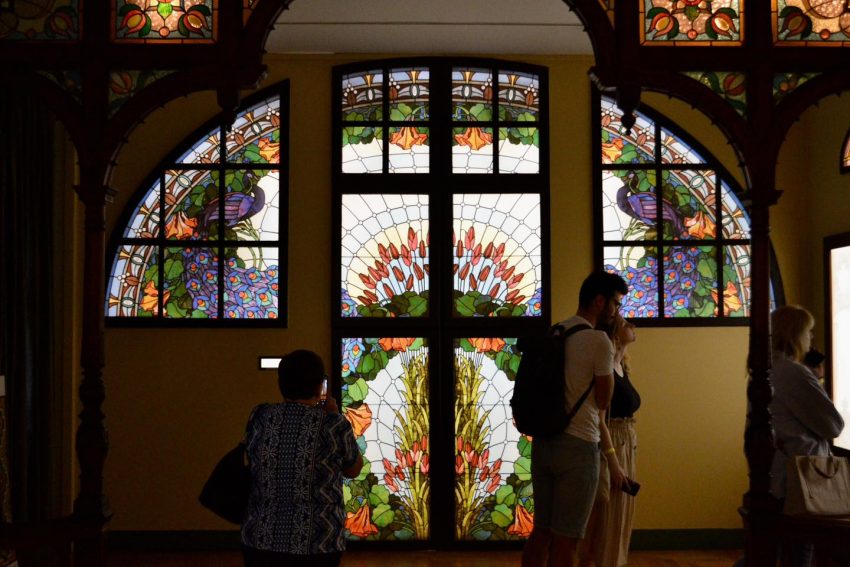
Dine in Style: Bobo Restaurant
The stunning building at 6-7 Marczibányi Square, constructed in German Neo-Renaissance style in 1885, once housed a restaurant, a casino, and a ballroom. It was a favourite spot for the Budapest aristocracy, and even Queen Elisabeth (Sisi) visited here once. In the early 20th century, the shooting range was expanded, but World War II put a stop to further improvements. During the socialist years, the building was taken over by the Hungarian National Defense League. It was then used for training conscripts and, due to Cold War tensions, for drills with young students during national defense days. The impressive villa was renovated in 2016 and is surrounded by a large, beautifully maintained park with ancient trees, giving extra sparkle to the stunning place. Today, you’ll find Bobo Restaurant here, offering a unique blend of classic Hungarian dishes and exciting international flavours in a truly remarkable setting.
1022 Budapest, Marczibányi tér 6-7. | Website
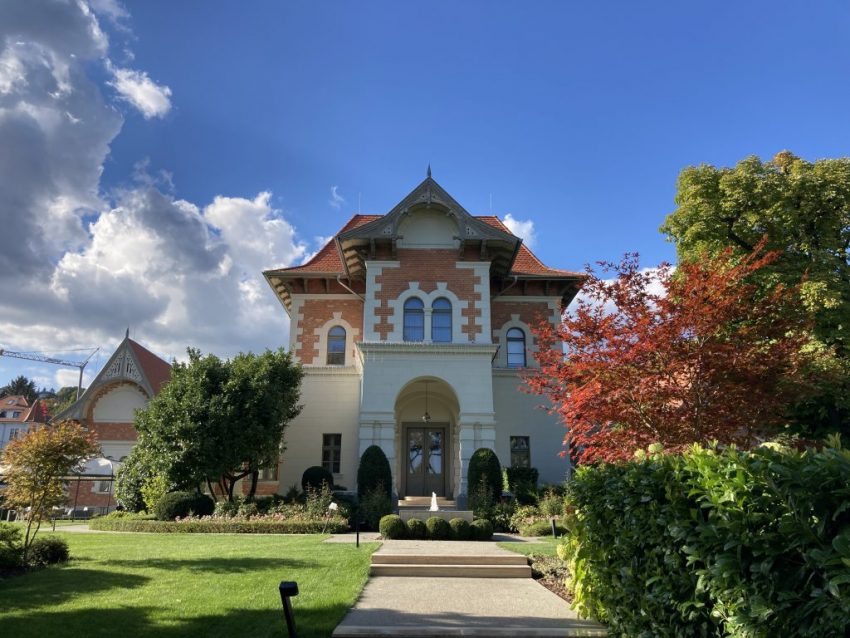

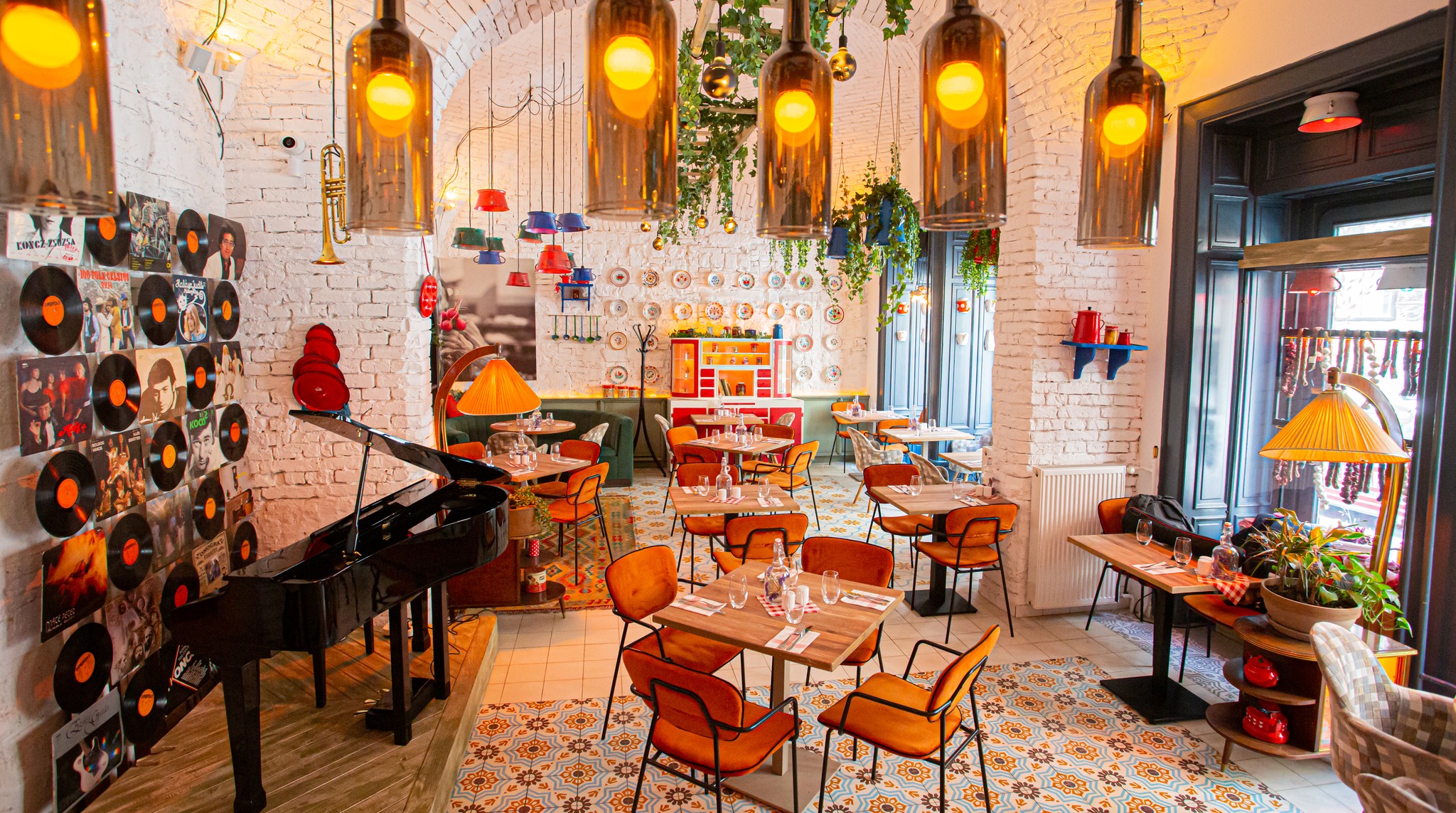
 Funzine
Funzine